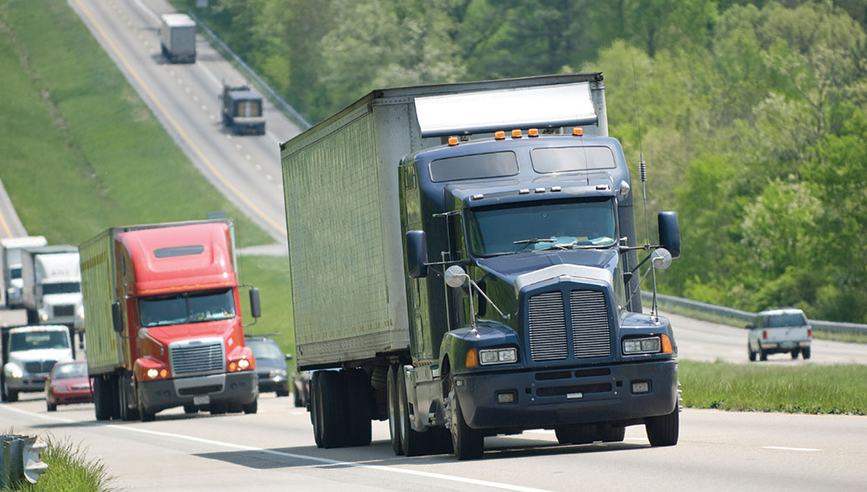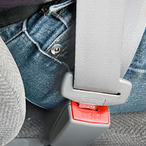Managing Speed and Space


When your job involves delivering freight on time, every minute can count—especially when your pay depends on the number of miles driven or the number of deliveries completed. But getting from Point A to Point B efficiently means more than getting there as quickly as possible. Good speed and space management plays an important part. Driving too fast for conditions, tailgating and not yielding the right-of-way are a few examples of poor speed and space management that can quickly lead to a crash, one that could do more than ruin your day.
Here are some speed and space management tips to help keep you and others on the road safe.
Scan the road ahead
Pay attention to the geometry of the roadway, such as curves and downgrades. Be aware of traffic entering and leaving the roadway. Monitor traffic far out in front of you for brake lights or other indications that a hazard lies ahead. Watch for stopped or disabled vehicles or other hazards that may be blocking the roadway.
Use caution during adverse weather
Adjust your speed to match road and weather conditions. Driving on a wet or icy roadway can increase your stopping distance significantly. Remember that oily deposits on the road can create slippery conditions, especially immediately after it begins raining.
Maintain a safe following distance
According to the National Safety Council, during ideal conditions, the recommended following distance for large trucks is 6-8 seconds (one-second following distance for each 10 feet of vehicle length plus one second for speeds faster than 40 mph).1 To determine if you are maintaining a safe following distance, select a fixed object, such as a telephone pole, by the side of the road. When the vehicle ahead of you passes the pole, begin counting the number of seconds that elapse before you pass the pole. The number of seconds you count should be equal to or greater than the safe following distance recommended for your vehicle and speed. Increase your following distance during inclement road or weather conditions.
Know how long it will take to stop
The time it takes to recognize a hazard, react, and apply the brakes can easily take three seconds. Taking this into account, at 60 mph your vehicle will travel approximately 255 feet before your brakes engage. Your vehicle will travel approximately 200 more feet after the brakes begin to slow your vehicle, bringing your total stopping distance to about 455 feet, seven times the length of an average tractor-trailer. This example is based on average time frames under ideal conditions. Under less than ideal conditions (e.g. fatigue, poor weather, poorly maintained equipment, etc.), it could take longer to stop.
Yield the right-of-way
Managing speed and space means more than monitoring your own driving. The speed other vehicles are traveling and their relationships to you are an important part of every driving decision you make. When crossing an intersection, make sure there is enough time for you to clear the intersection without impeding traffic. Depending on the size and weight of your vehicle, it could take 8-10 seconds or more to clear an intersection. In that time, an oncoming vehicle traveling 55 mph could travel 650-800 feet. If an intersection is too hazardous to make a safe left turn, a series of right turns may offer a safer alternative. Passing vehicles on two-lane highways also presents right-of-way challenges. When passing other vehicles on a two-lane road, be aware that the gap between you and an oncoming vehicle could be closing at a rate that exceeds 100 miles per hour. Allow plenty of space to pass safely and return to the right lane. Make sure the vehicle you are passing is not planning to turn left at an upcoming intersection and watch for other vehicles that may be entering the highway from crossroads or driveways.
Use caution when turning and changing lanes
Signal your intentions early, and use your mirrors to monitor traffic around you. Watch for distracted drivers who may not notice your turn signal or aggressive drivers who fail to yield. Take precautions to make sure your blind spots are clear before turning or changing lanes.
Sources
1 Based on the National Safety Council’s following distance recommendation, DDC Instructor Reference Materials, 2012.




